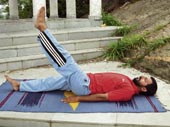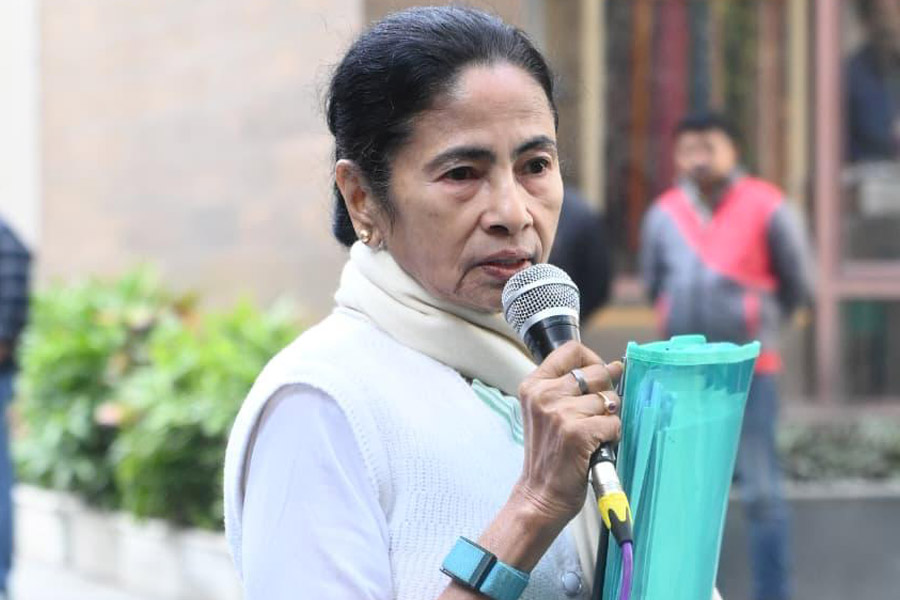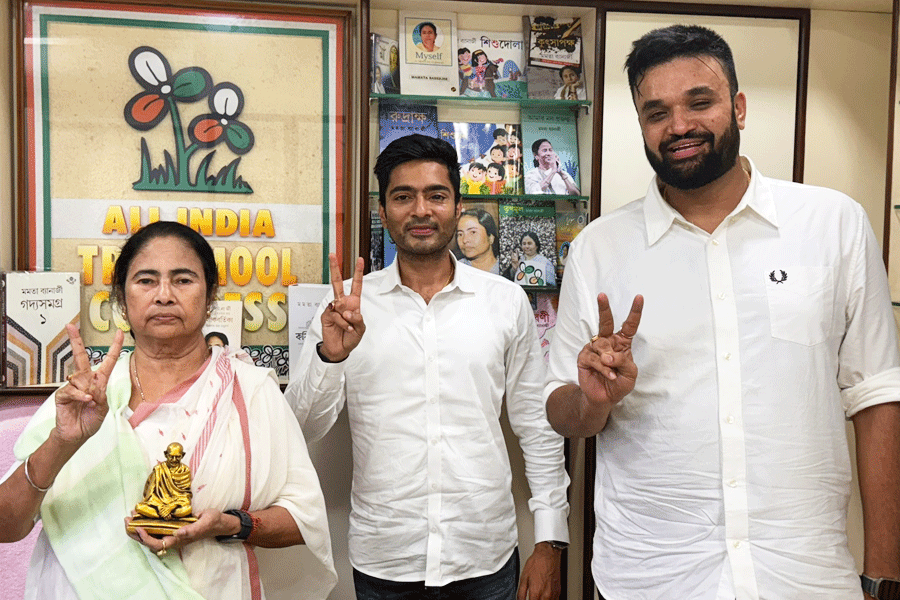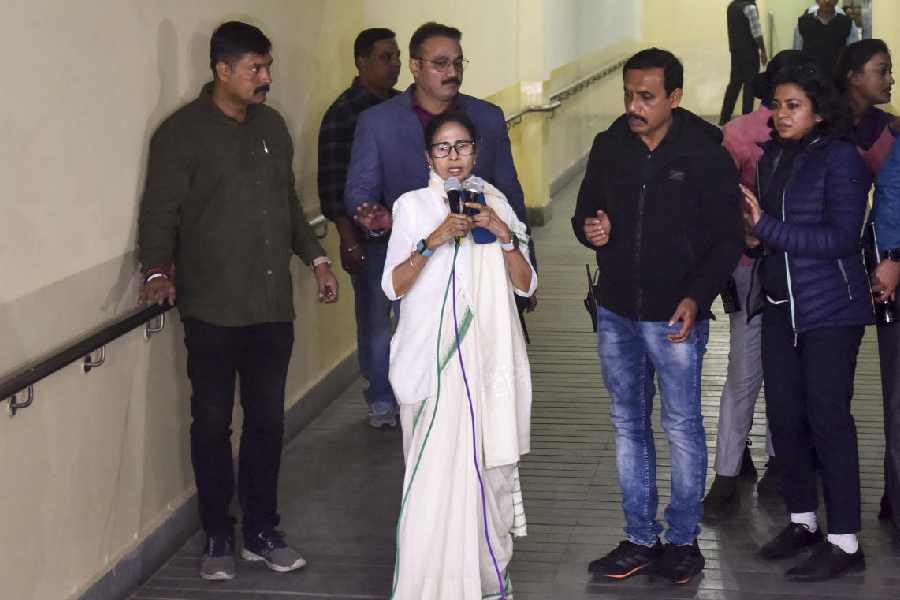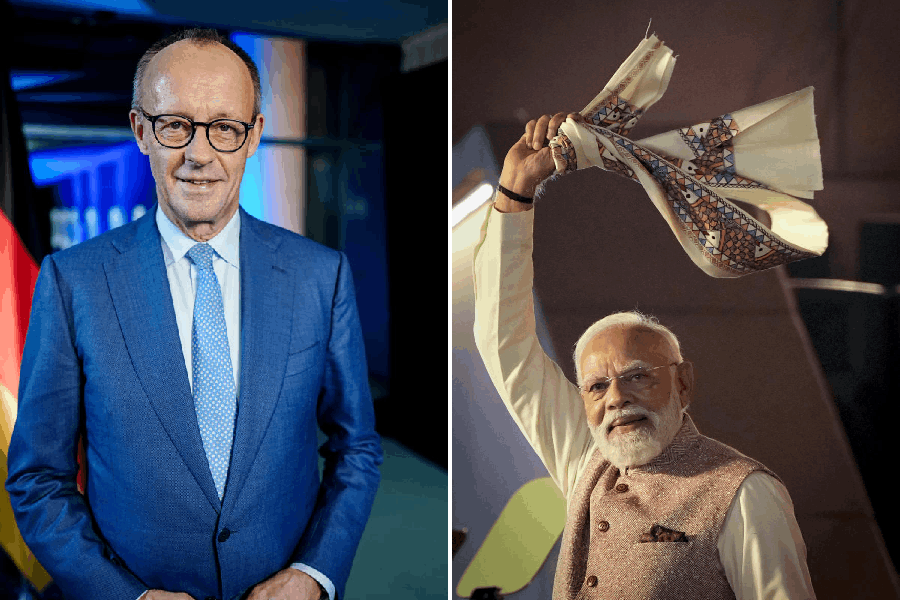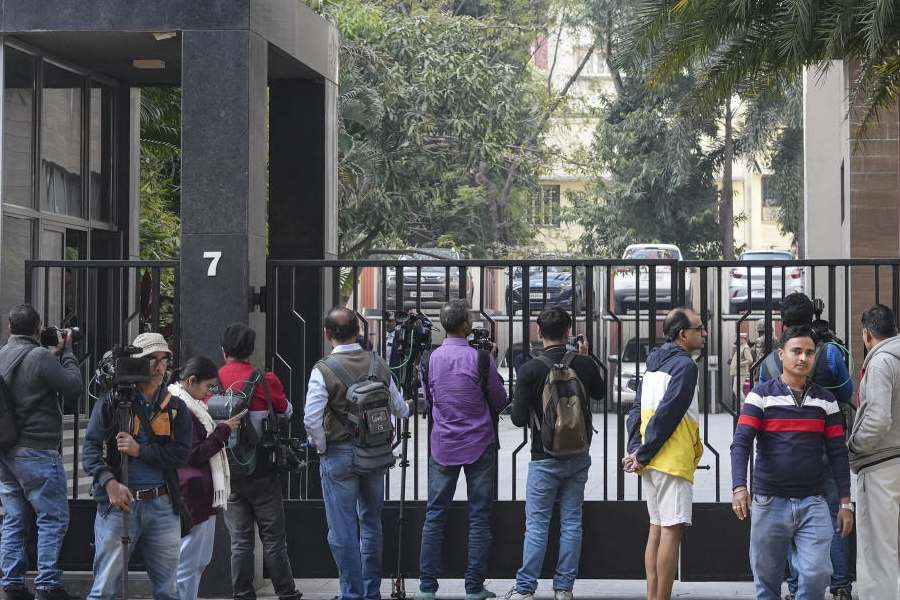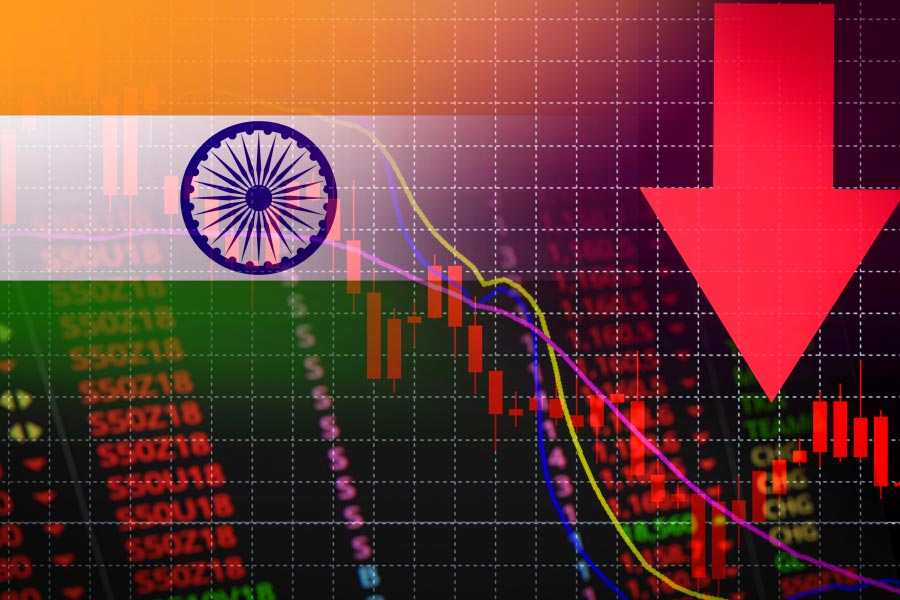 |
| UTTHITAPADASANA |
 |
| BAJRASANA |
 |
| PAWANMUKTASANA |
 |
| ANULOM VILOM PRANAYAM |
The sight of people rubbing their fingernails in public places may be amusing, but very common nowadays.
In crowded buses or local trains, one gets to hear animated discussions on certain high flying yoga gurus. It is indeed an indication of our latest addiction to yoga.
Thanks to the numerous television channels that beam yogic asanas and preach yogic sermons — yoga has indeed been successful in pervading our living rooms. Love it or hate it, you just can’t ignore it.
Yoga is a way of life for the modern man, an art of righteous living or an integrated system for the benefit of the body, mind and inner spirit. Contrary to the popular statement —yoga, the new age fitness mantra— is not new age at all. It’s just that its benefits are being discovered again. An ancient Indian philosophy, the principles of yoga are timeless, holding true as much in today’s time as they did centuries ago and for the GenX, it is definitely the guide to healthy living.
Yoga detoxifies the body and cleanses the entire system. Hence, it is best recommended for people with no major health complaints. However, with age, disease and sometimes surgeries, people shy away from it. Is it proper to practice yoga after a major surgery or serious health problems?
“The body is like a machine which needs proper maintenance and even if there has been a major breakdown, yoga helps one to regain the lost vigour,” says Indrajit Chakravarty, the founder of Ranchi Yoga Culture, affiliated to World Yoga Society, Calcutta.
Stress, anxiety, ill-health, unhappiness and anger can all be dealt through yoga. One has only to be flexible to get initiated into yoga — flexible not only in body but also in mind. Take for example, hypertension. Hypertension happens when the pressure in your system gets high enough, leading to risks in your system. It is also commonly known as high blood pressure, which refers to the amount of pressure in one’s arteries. “In order to manage hypertension, yoga is necessary,” says Chakravarty. He suggests a combination of asanas and pranayamas to combat this silent killer. One can start with sabasana (to relax the nerves), and then move on to pawanmuktasana, utthita padasana (alternate lifting of legs), jasthiasana (nerve stretches with breathing to relieve tension), bajrasana (sitting upright on the heels). Amongst the breathing exercises, Chakravarty suggests anulom vilom pranayam (alternate nostril breathing technique). He cites the example of numerous patients who have benefited through the regular practice of these simple asanas. Another major threat to the present generation is diabetes. According to the WHO, India will have the maximum number of diabetes cases by 2025. Chakravarty suggests a simple capsule of asanas and pranayamas for them, too. “Diabetes affects almost all our major organs such as the heart, the nerves, the eyes and the kidneys and can lead to both long and short term complications. Long term complications can be disabling or fatal, but can be treated through exercise, physical activity and medication,” says Chakravarty. The asanas recommended are pawanmuktasana, uttitha padasana, bajrasana, ardhakurmasana and bakrasana. For breathing exercises he suggests kapal bhati, anulom vilom and bhramari.
The word bhramari comes from the sanskrit name bhramar, which is “humming black bee”. The practice of bhramari breathing calms the mind and reduces stress. It also reduces cerebral tensions, anger, anxiety, insomnia, and thereby keeps sugar level in control. Even for those who have undergone surgery, yoga helps in rebuilding destroyed tissues. “But asanas should always be practiced under guidance. It is important to judge the capacity of the body before doing them,” says Chakravarty.
One can start with walking and breathing exercises, followed by pada and hasta mudras. In case of abdominal surgery accumulation of fat in abdominal area is a common problem. Chakravarty suggests lifting of legs at an angle of 30-40 degrees to be followed by ardhasalbasana (bending of legs and alternate movement), makarasana (crocodile posture) and pawanmuktasana.
“Developing a personal yoga practice can be difficult. The mind is restless. Under such circumstances, it is normal to push the body to extremes by executing movements too quickly, and causing unnecessary injuries.
At any stage — whether one is advanced or a beginner, knowing what is happening in the body physiologically can help one deepen your practice. Yoga is process oriented activity in which what you experience is more important than what you achieve. So it is not a goal accomplishing mission,” is his final bit of advice.

